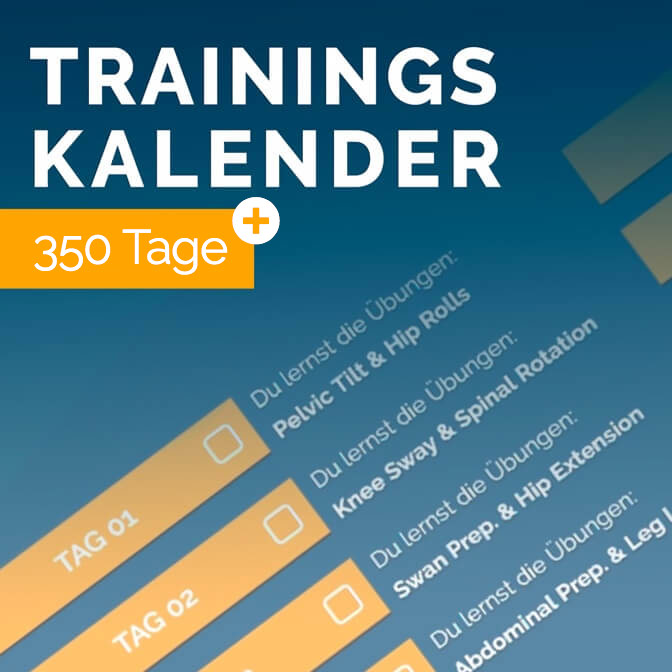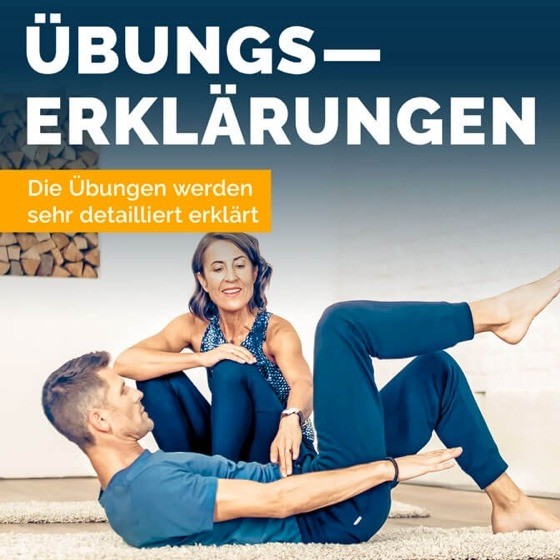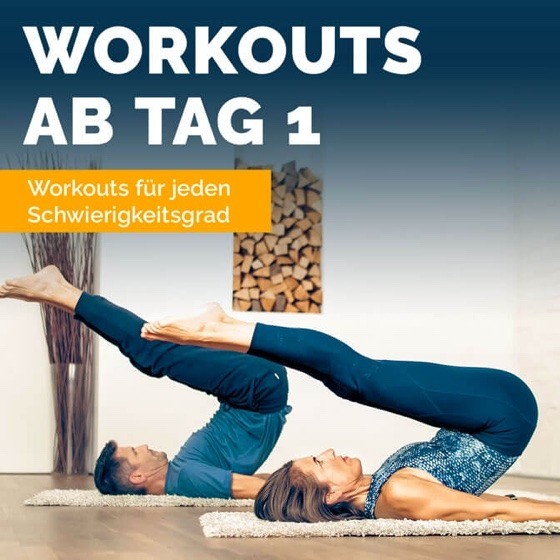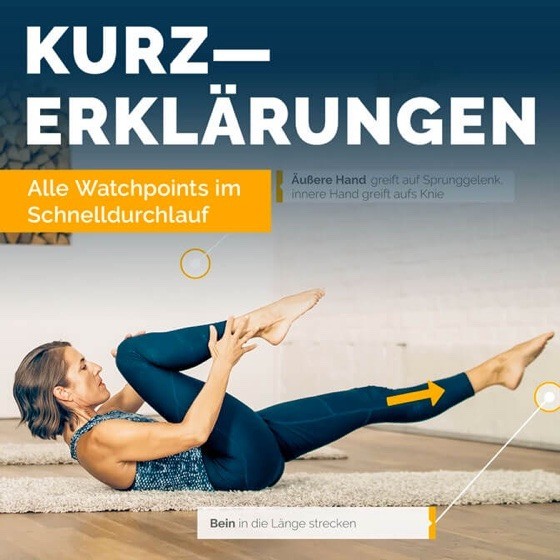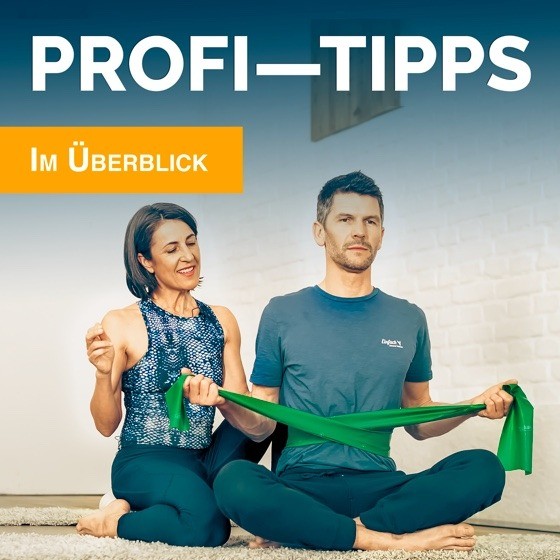
Pilates technique explained
Train better with mental images
The power of imagination
July 11, 2022, by Maria Felsner
Figurative language
When we trainers give pictorial instructions in Pilates training, such as imagining an "ant trail" forming under the lumbar spine, it exists in both the client's and the trainer's imagination.
This idea can often be very different. Therefore, it is also important for me as a trainer to use precise language in addition to figurative language.
But let's stay with imagination for now. Using imagination is usually very helpful.
Joseph Pilates was already aware of this and gave many of his exercises figurative names: Scissors - the scissors, Rolling like a ball - Roll like a ball, Seal - the seal.
For many, thanks to these images, the exercise becomes more vivid. But through the imagination we can achieve much, much more.

Using imagination in a targeted way
Imagination, the targeted use of mental techniques, can be very helpful for our health.
It can help...
- Coordinate movements,
- to train better,
- improve the posture,
- Reduce pain,
- support healing after injuries,
- to stimulate your creativity,
- Build self-confidence,
- Achieve goals and much more.
That's why it's also important for me to use these techniques in training and in everyday life. I always try to make clients aware of the potential of the power of imagination.
Because we know that not only the head "thinks", but also the body. If we talk to the body, we can achieve the goals we have always dreamed of. We pretend to the body via imagination to be healthy, vital and functional. The muscles as well as the fascia "think" with us and react.
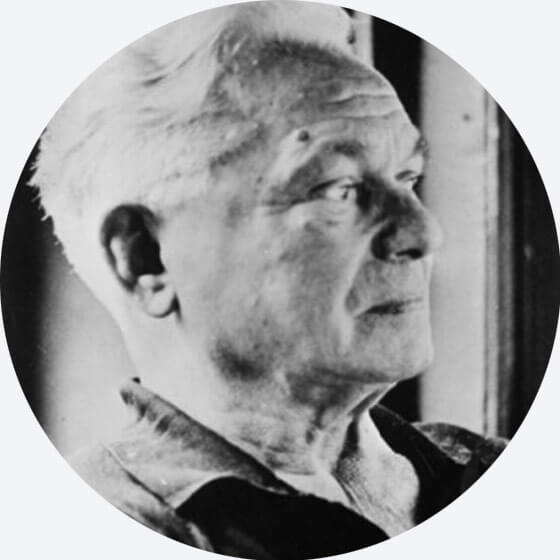
"Pilates is the complete coordination of body, mind and spirit."
JOSEPH PILATES
Exercise 1
Here is a little exercise for you:
Think yourself into the following movement without executing it:
Imagine how your nose draws a small spiral. This spiral becomes larger and larger until you feel that the radius has reached its limit. Then draw the radius smaller and smaller again until you have reached the point where you started.
Just this idea is enough to target the right muscles, at the same time you can get an idea of what is happening in your body.
If you now support the pictorial imagination via a tactile stimulation, you form the "muscle memory".
Exercise 2
Another exercise for your muscle memory:
Sit on a chair and place both hands on one of your thighs. Extend your lower leg forward and feel the quadriceps - the four-headed thigh muscle - kick in under your hands. The patella - kneecap - is pulled upward. Repeat this a few times.

Next, tap your fingers on the inside of the bent leg just above the kneecap and the joint. This is where you will find the vastus medialis muscle, one of the four heads of the quadriceps. This tends to weaken compared to the other three muscles. By tapping, the vastus knows that it is meant and can "help" with the activation.
Next, go into that muscle region with your imagination and picture those muscles working together as a team.
Then place one hand on the thigh again so that you can feel the muscles move as you stretch.
Try to find the muscles in your thigh. Make a mental picture of how and where each muscle is attached and what movement it is responsible for.
This idea is very important especially when we are in pain, or limited due to injury.
Here you can download our LIVE Pilates hour on the topic. In this LIVE lesson we will deepen the tips on the topic "Pilates & Imagination - train better".
Help in crisis situations
If we learn such techniques before we get into a "crisis situation", our body can react and heal faster. For example, in the case of a torn cruciate ligament, this technique supports the healing process.
A typical example of this are top athletes who are able to return to action very quickly after serious injuries. This is not only due to the additional care of doctors and specialists, but also because they used the power of imagination.
Conclusion
Through imagination we establish cognitive contact with our body as well as mind. If we direct this imagination into the positive, we learn Pilates exercises faster, regenerate more quickly and can also influence the mind so that it directs the thoughts in a positive direction.
Try it out!
There is a lot of literature and studies on this topic. If you are interested in a specific topic, write me an email. I will be happy to give you some links or tips.
PS: With our Pilates training calendar you can easily integrate regular Pilates training into your everyday life and stay motivated.

